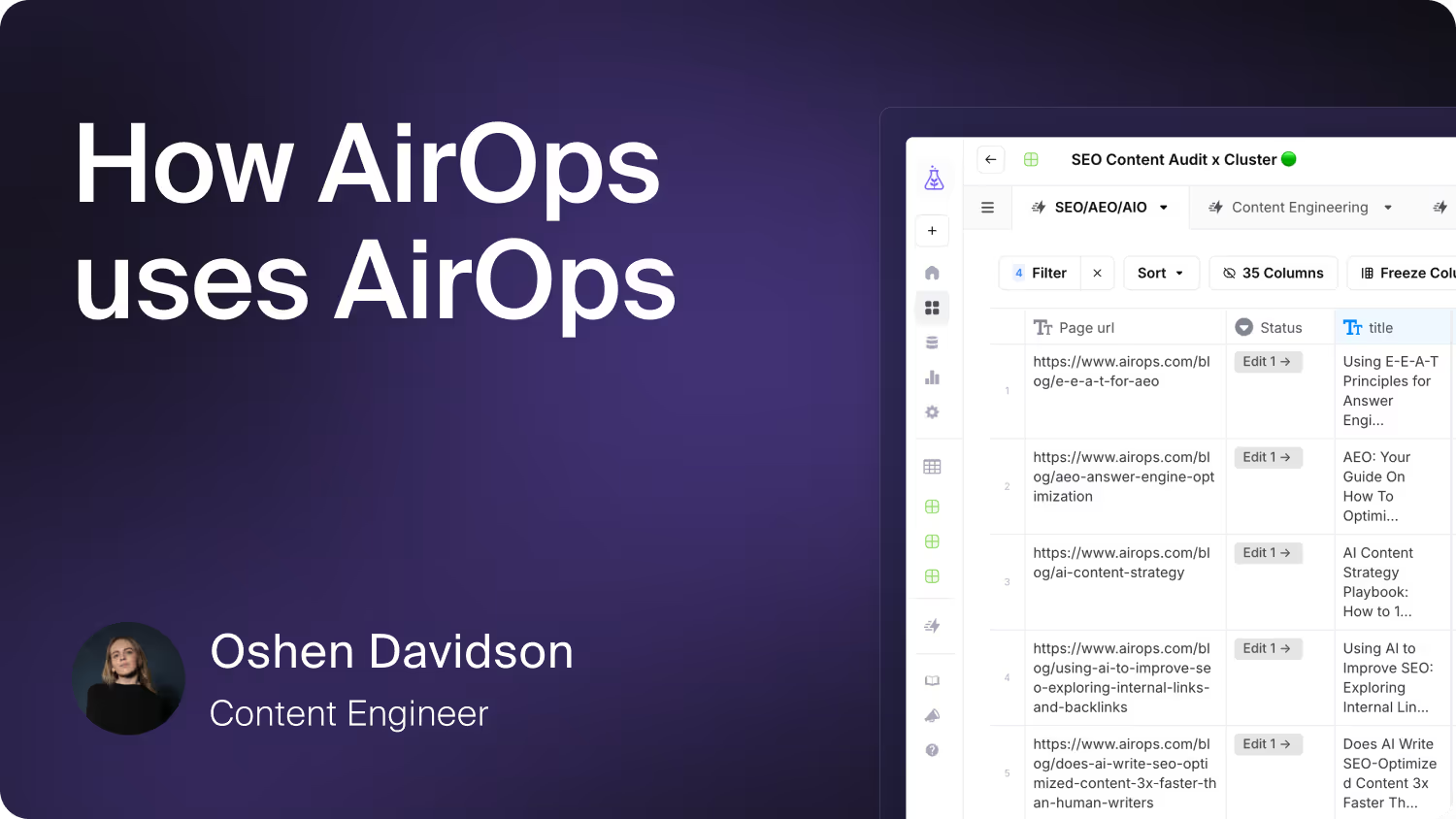What Is a Large Language Model?

What You Need to Know About Large Language Models
As a world-class expert on artificial intelligence, you've undoubtedly heard the buzz around large language models (LLMs) and their potential to revolutionize how we interact with machines. These powerful deep learning algorithms, trained on massive text datasets, are pushing the boundaries of what's possible in natural language processing and generation. In this article, we'll dive into the key concepts you need to understand about LLMs, from their underlying architecture and training methods to their capabilities, applications, limitations, and future impact.
At its core, a large language model is a neural network with billions of parameters that learns to predict the likelihood of a word or sequence of words based on the context of the surrounding text. By training on web-scale corpora spanning books, articles, and websites, LLMs absorb vast amounts of knowledge and develop a deep understanding of language patterns, semantics, and even world knowledge. This enables them to perform complex tasks like text generation, translation, summarization, and question-answering with remarkable fluency and coherence.
The foundation of modern LLMs is the transformer architecture, which uses self-attention mechanisms to weigh the importance of different words in a sequence and capture long-range dependencies. By stacking multiple transformer layers and choosing a model with the right size and pre-training data, researchers can create LLMs with unprecedented language understanding and generation capabilities. Fine-tuning these models on domain-specific datasets further adapts them to specialized tasks and industries.
What are the capabilities and applications of LLMs?
LLMs are incredibly versatile tools for processing and generating human language. Some of their key capabilities include:
- Natural language understanding: LLMs can comprehend the meaning and intent behind text, enabling them to perform tasks like sentiment analysis, named entity recognition, and text classification.
- Text generation: Given a prompt or context, LLMs can generate coherent and fluent text that continues the input or answers a question. This has applications in content creation, chatbots, and creative writing.
- Language translation: LLMs can learn to translate between languages while preserving meaning and style, making them valuable for breaking down communication barriers.
- Text completion: LLMs can predict the next word or phrase in a sequence, enabling auto-complete functionality in search engines, messaging apps, and code editors.
These capabilities have far-reaching applications across industries. In customer service, LLMs power conversational AI chatbots and virtual assistants that can engage in natural dialogue and provide personalized support. In content creation, LLMs can automate the generation of articles, summaries, product descriptions, and even code snippets. In search and knowledge management, LLMs enable semantic search and question-answering over large knowledge bases. And in creative fields like gaming and entertainment, LLMs can generate dynamic narratives, dialogue, and world-building elements.
Harnessing large language models effectively requires understanding their strengths and limitations. While LLMs excel at pattern recognition and language generation, they can sometimes produce biased, inappropriate, or factually incorrect content. They also lack true reasoning abilities and grounding in the real world, which can lead to nonsensical or inconsistent outputs. Ensuring responsible development and deployment of LLMs is an active area of research and debate.
How will large language models impact the future?
As LLMs continue to advance in size, efficiency, and multimodal capabilities, they have the potential to accelerate AI progress and transform how we interact with technology. Some key areas of impact include:
- Augmenting knowledge work: LLMs can assist professionals in fields like law, medicine, finance, and research by summarizing documents, answering questions, and generating insights from large datasets.
- Enabling conversational interfaces: As LLMs become more adept at understanding and generating natural language, they'll enable more fluid and intuitive human-computer interaction through voice assistants, chatbots, and multimodal interfaces.
- Democratizing content creation: LLMs can lower the barriers to creating high-quality content by automating writing tasks and providing creative inspiration for artists, designers, and developers.
- Advancing multilingual communication: LLMs that can translate between hundreds of languages will break down communication barriers and facilitate global collaboration and understanding.
Of course, realizing the full potential of LLMs will require ongoing research into model architectures, training methods, and ethical considerations. As these models become more powerful and pervasive, it's crucial to develop robust techniques for controlling their outputs, mitigating biases, and preventing misuse. This will involve collaborations between researchers, policymakers, and industry stakeholders to ensure the responsible development and deployment of LLMs for the benefit of society.
As you explore the exciting world of large language models, remember that harnessing their power effectively requires the right tools and expertise. That's where we come in - at AirOps, we've built a comprehensive AI workflow platform that makes it easy to integrate LLMs into your applications and workflows. Learn more about AirOps' AI workflow platform and discover how we can help you unlock the full potential of these incredible technologies.
Win AI Search.
Increase brand visibility across AI search and Google with the only platform taking you from insights to action.
Get the latest on AI content & marketing
Get the latest in growth and AI workflows delivered to your inbox each week
.avif)




